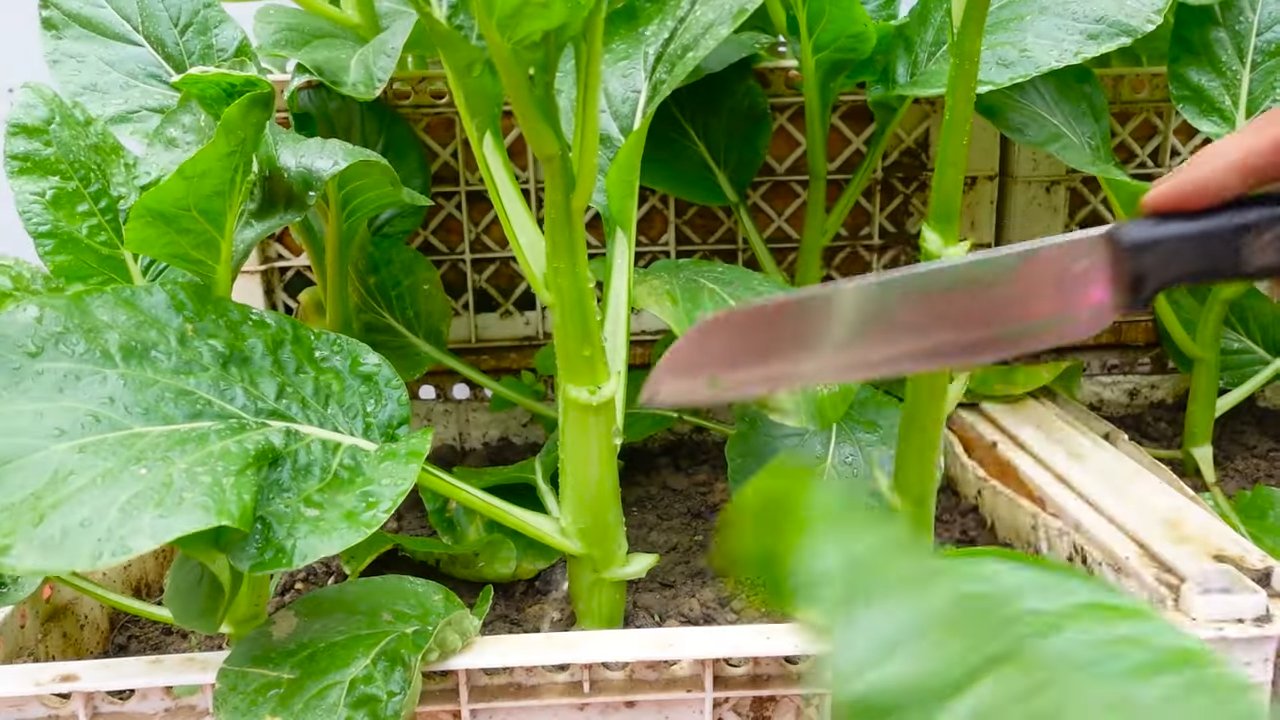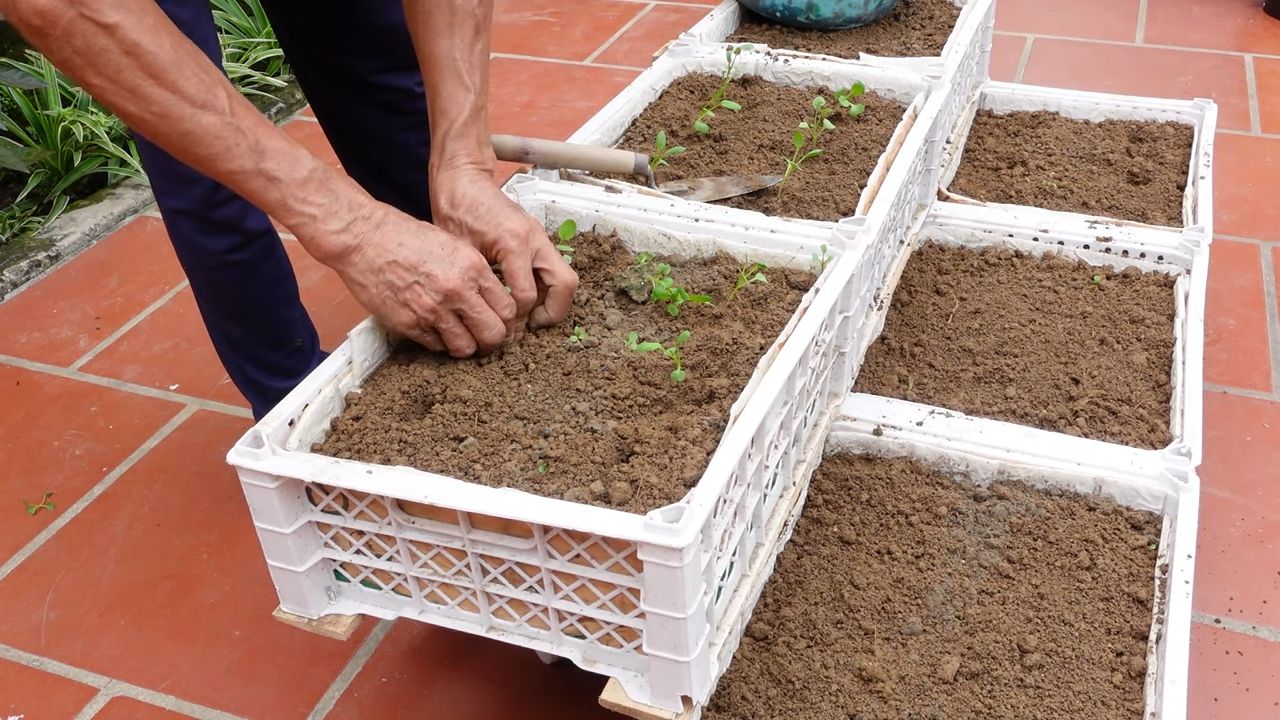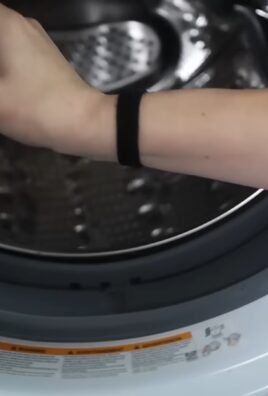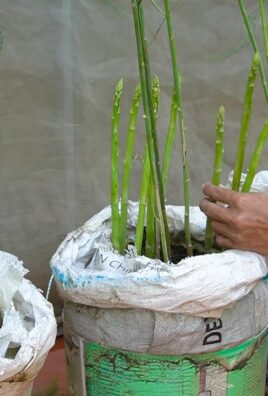Growing veggies without a garden might sound like a gardener’s impossible dream, but trust me, it’s totally achievable! Have you ever dreamt of plucking a ripe tomato straight from the vine for your salad, even if you only have a tiny balcony or a sunny windowsill? Well, you’re not alone! For centuries, people have found creative ways to cultivate food in limited spaces, from ancient rooftop gardens in Babylon to the modern-day urban farming movement.
The desire to connect with nature and grow our own food is deeply ingrained in us. But let’s face it, not everyone has access to a sprawling backyard. That’s where these ingenious DIY tricks and hacks come in. Growing veggies without a garden is not just about saving money on groceries; it’s about enjoying fresher, healthier produce, reducing your carbon footprint, and experiencing the immense satisfaction of nurturing life from a tiny seed.
In this article, I’m going to share some of my favorite and most effective DIY methods for transforming even the smallest spaces into thriving vegetable patches. We’ll explore container gardening, vertical gardening, and even some clever upcycling ideas to help you maximize your yield. So, get ready to roll up your sleeves and discover how easy and rewarding it can be to grow your own delicious veggies, no garden required!

Vegetable Growing Without a Garden: Your DIY Guide for Urban Gardens
Hey you! Do you dream of fresh vegetables from your own cultivation but don’t have a garden? No problem! I’ll show you how to become a vegetable gardener even without a garden. We’ll transform balconies, terraces, and even windowsills into small, green oases. Let’s go!
What You Need: The Preparation
Before we get started, we need the right equipment. Don’t worry, you don’t have to spend a fortune right away. You might already have many of these things at home!
-
Suitable Containers:
-
Pots: Various sizes, depending on what you want to grow.
-
Balcony boxes: Ideal for herbs, lettuce, or strawberries.
-
Tubs: For larger plants like tomatoes or peppers.
-
Upcycling ideas: Old buckets, plastic boxes, or even wine crates (lined with foil) can work great!
-
-
Soil:
-
Vegetable soil: Specially tailored to the needs of vegetables.
-
Herb soil: For herbs, which often require fewer nutrients.
-
Coconut coir: A sustainable alternative that stores water well.
-
-
Seeds or Seedlings:
-
Seeds: The cheapest option, but you’ll need some patience.
-
Seedlings: Quicker results, but a bit more expensive.
-
-
Fertilizer:
-
Organic fertilizer: Compost, horn shavings, or nettle tea are great for natural cultivation.
-
Mineral fertilizer: For quicker results, but pay attention to the dosage.
-
-
Tools:
-
Small shovel
-
Watering can or garden hose
-
Gloves (optional)
-
Plant stakes (for tomatoes or peppers)
-
-
Location:
-
Sunny: Most vegetable varieties need at least 6 hours of sun per day.
-
Partly shady: Some herbs and lettuces can also manage with less sun.
-
Sheltered from wind: A windy balcony can dry out plants.
-
Step-by-Step Guide: Your Vegetable Patch is Created
Now let’s get down to it! Follow these steps to create your own little vegetable paradise:
-
Prepare Containers:
-
Clean your containers thoroughly.
-
Drill holes in the bottom so excess water can drain. This is super important to avoid waterlogging!
-
Place a layer of clay shards or gravel at the bottom of the containers. This further improves drainage.
-
-
Fill with Soil:
-
Fill the containers with the appropriate soil. Leave a few centimeters of space at the top.
-
Press the soil down lightly.
-
-
Sowing or Planting:
-
Sowing:
-
Read the instructions on the seed packet carefully. It will tell you how deep and at what distance you should sow the seeds.
-
Cover the seeds with soil and water them gently.
-
Keep the soil moist, but not wet.
-
-
Planting:
-
Dig a hole large enough for the seedling’s root ball.
-
Place the plant in and fill the hole with soil.
-
Press the soil down lightly and water the plant well.
-
-
-
Watering:
-
Water regularly, especially on hot days.
-
The soil should always be slightly moist, but not wet.
-
It’s best to water in the morning or evening when the sun is not so strong.
-
-
Fertilizing:
-
Fertilize your plants regularly to provide them with sufficient nutrients.
-
Use organic fertilizer or mineral fertilizer according to the package instructions.
-
-
Care:
-
Remove weeds regularly.
-
Check your plants for pests and diseases.
-
Support plants like tomatoes or peppers with plant stakes.
-
Harvest your vegetables as soon as they are ripe!
-
Which Vegetables are Suitable for Growing Without a Garden?
Not every vegetable is equally well-suited for growing in pots and boxes. Here are a few of my favorites:
-
Tomatoes:
-
Bush tomatoes are ideal for pots and balcony boxes.
-
Indeterminate (vining) tomatoes need more space and support.
-
A sunny location and regular fertilizing are important.
-
-
Peppers:
-
Peppers also need a lot of sun and warmth.
-
Choose compact varieties for growing in pots.
-
Regular watering and fertilizing are important.
-
-
Chili:
-
Chilies are easy to care for and produce a nice harvest.
-
A sunny location and regular watering are important.
-
-
Lettuce:
-
Lettuce grows quickly and is ideal for balcony boxes.
-
A partly shady location is sufficient.
-
Harvest regularly so it doesn’t bolt.
-
-
Radishes:
-
Radishes are super fast-growing and ideal for beginners.
-
A partly shady location is sufficient.
-
Water regularly.
-
-
Herbs:
-
Herbs are a must for every hobby gardener.
-
Basil, parsley, chives, mint, rosemary, thyme – the selection is huge!
-
Sunny or partly shady location, depending on the variety.
-
-
Strawberries:
-
Strawberries are a highlight for children and adults.
-
Balcony boxes or hanging baskets are ideal.
-
A sunny location and regular watering are important.
-
-
Zucchini:
-
Zucchini need a lot of space, so large tubs are necessary.
-
A sunny location and regular watering and fertilizing are important.
-
Pay attention to the variety; there are also more compact zucchini varieties.
-
Avoiding Common Mistakes: Tips and Tricks
To ensure your vegetable cultivation is truly successful, here are a few more tips and tricks that I’ve learned over time:
-
Avoid Waterlogging:
-
Absolutely ensure good drainage in your containers.
-
Water less often, but thoroughly.
-
-
Combat Pests:
-
Check your plants regularly for pests.
-
Use natural pesticides like nettle tea or neem oil.
-
-
Fertilize Correctly:
-
Over-fertilizing can be harmful. Stick to the dosage instructions on the package.
-
Organic fertilizer is often the better choice as it provides plants with nutrients slowly and evenly.
-
-
Consider Sunlight Exposure:
-
Make sure your plants get enough sun.
-
If your balcony is very sunny, protect sensitive plants from the midday sun.
-
-
Wind Protection:
-
A windy balcony can dry out plants.
-
Place your plants in a sheltered spot or use a windbreak.
-
-
Have Patience:
-
Not everything works out immediately. Be patient and learn from your mistakes.
-
Vegetable growing is a learning process.
-
Conclusion
So, there you have it! Growing your own vegetables without a garden isn’t just a whimsical dream; it’s an achievable reality. We’ve explored the ins and outs of container gardening, from selecting the right containers and soil to choosing the perfect vegetables for your space and climate. We’ve demystified the process, providing you with the knowledge and confidence to embark on your own urban farming adventure.
But why is this DIY trick a must-try? Because it’s empowering. It connects you to your food source in a way that simply buying produce from the store never could. It’s incredibly rewarding to nurture a tiny seed into a thriving plant and then harvest your own fresh, flavorful vegetables. Beyond the personal satisfaction, it’s also a sustainable choice, reducing your carbon footprint and promoting healthier eating habits. Plus, let’s be honest, homegrown tomatoes taste infinitely better than anything you can find at the supermarket!
Consider these variations to personalize your container garden:
* Vertical Gardening: If space is truly limited, explore vertical gardening options. Use stacked planters, hanging baskets, or even repurposed pallets to create a green wall bursting with herbs, leafy greens, and even strawberries.
* Hydroponics: For the more adventurous gardener, hydroponics offers a soil-less alternative. This method involves growing plants in nutrient-rich water solutions, allowing for faster growth and higher yields.
* Companion Planting: Research companion planting to maximize your garden’s health and productivity. For example, planting basil near tomatoes can deter pests and improve the flavor of the tomatoes. Marigolds are also excellent pest deterrents.
* Seasonal Planting: Plan your garden according to the seasons. Cool-season crops like lettuce, spinach, and kale thrive in the spring and fall, while warm-season crops like tomatoes, peppers, and cucumbers flourish in the summer.
* Herb Gardens: Even a small container filled with herbs can make a huge difference in your cooking. Rosemary, thyme, basil, and mint are all easy to grow in containers and will add fresh flavor to your meals.
Don’t be afraid to experiment and find what works best for you. Start small, learn from your mistakes, and most importantly, have fun! The journey of growing your own vegetables is just as rewarding as the harvest itself.
We wholeheartedly encourage you to give this DIY trick a try. Imagine the satisfaction of serving a salad made with lettuce you grew yourself, or adding fresh herbs from your garden to your favorite pasta dish. It’s a simple change that can have a profound impact on your health, your well-being, and your connection to the natural world.
So, grab a container, some soil, and a few seeds, and get started today! We’re confident that you’ll be amazed at what you can achieve. And once you’ve experienced the joy of growing your own vegetables, we’d love to hear about it. Share your experiences, tips, and photos with us in the comments below. Let’s build a community of urban gardeners and inspire others to discover the magic of growing their own food, even without a traditional garden. Remember, successful **growing veggies without a garden** is within everyone’s reach!
Frequently Asked Questions (FAQ)
What are the best vegetables to grow in containers?
The best vegetables for container gardening are generally those that don’t require a lot of space for their root systems. Some excellent choices include:
* Tomatoes: Choose determinate or bush varieties, which are more compact than indeterminate varieties.
* Peppers: Bell peppers, chili peppers, and other pepper varieties thrive in containers.
* Lettuce and other leafy greens: These are easy to grow and can be harvested continuously.
* Spinach: Similar to lettuce, spinach is a great option for container gardening.
* Radishes: Radishes grow quickly and are well-suited for containers.
* Carrots: Choose shorter, round varieties for containers.
* Bush beans: These are more compact than pole beans and are a good choice for containers.
* Herbs: Basil, rosemary, thyme, mint, and oregano are all easy to grow in containers.
* Strawberries: Strawberries can be grown in hanging baskets or containers.
* Cucumbers: Select bush or compact varieties.
What size container do I need for different vegetables?
The size of the container depends on the type of vegetable you’re growing. Here’s a general guideline:
* Small containers (1-2 gallons): Herbs, lettuce, spinach, radishes
* Medium containers (3-5 gallons): Peppers, bush beans, carrots, strawberries
* Large containers (5+ gallons): Tomatoes, cucumbers, eggplant
It’s always better to err on the side of a larger container, as this will provide more room for the roots to grow and will help prevent the soil from drying out too quickly.
What type of soil should I use for container gardening?
Avoid using garden soil in containers, as it can become compacted and doesn’t drain well. Instead, use a high-quality potting mix specifically designed for containers. These mixes are typically lighter and more porous, allowing for better drainage and aeration. You can also amend your potting mix with compost or other organic matter to improve its fertility.
How often should I water my container vegetables?
Container vegetables tend to dry out more quickly than those grown in the ground, so it’s important to water them regularly. The frequency of watering will depend on the weather, the type of vegetable, and the size of the container. Check the soil moisture regularly by sticking your finger into the soil. If the top inch or two feels dry, it’s time to water. Water deeply until the water drains out of the bottom of the container. Avoid overwatering, as this can lead to root rot.
How much sunlight do my container vegetables need?
Most vegetables need at least 6-8 hours of sunlight per day to thrive. Choose a location for your container garden that receives plenty of sunlight. If you don’t have a sunny spot, you can supplement with grow lights.
Do I need to fertilize my container vegetables?
Yes, container vegetables need regular fertilization, as the nutrients in the potting mix will eventually be depleted. Use a balanced fertilizer specifically formulated for vegetables. Follow the instructions on the fertilizer package for application rates and frequency. You can also use organic fertilizers, such as compost tea or fish emulsion.
How do I protect my container vegetables from pests and diseases?
Inspect your plants regularly for signs of pests or diseases. If you find any problems, take action immediately. Some common pests that affect container vegetables include aphids, spider mites, and whiteflies. You can control these pests with insecticidal soap or neem oil. Diseases can be prevented by providing good air circulation and avoiding overwatering.
Can I move my container vegetables?
Yes, one of the advantages of container gardening is that you can easily move your plants to different locations. This can be helpful if you need to protect them from frost, strong winds, or excessive sunlight.
What do I do with my container garden in the winter?
The best course of action depends on your climate and the types of vegetables you’re growing. Some vegetables, like kale and spinach, can tolerate frost and can be grown throughout the winter in mild climates. Other vegetables will need to be brought indoors or protected from the cold. You can also use cold frames or row covers to extend the growing season.
How can I improve drainage in my containers?
Good drainage is essential for healthy container vegetables. Make sure your containers have drainage holes. You can also add a layer of gravel or pebbles to the bottom of the container to improve drainage. Avoid using saucers under your containers, as this can trap water and lead to root rot. If you do use saucers, be sure to empty them regularly.





Leave a Comment